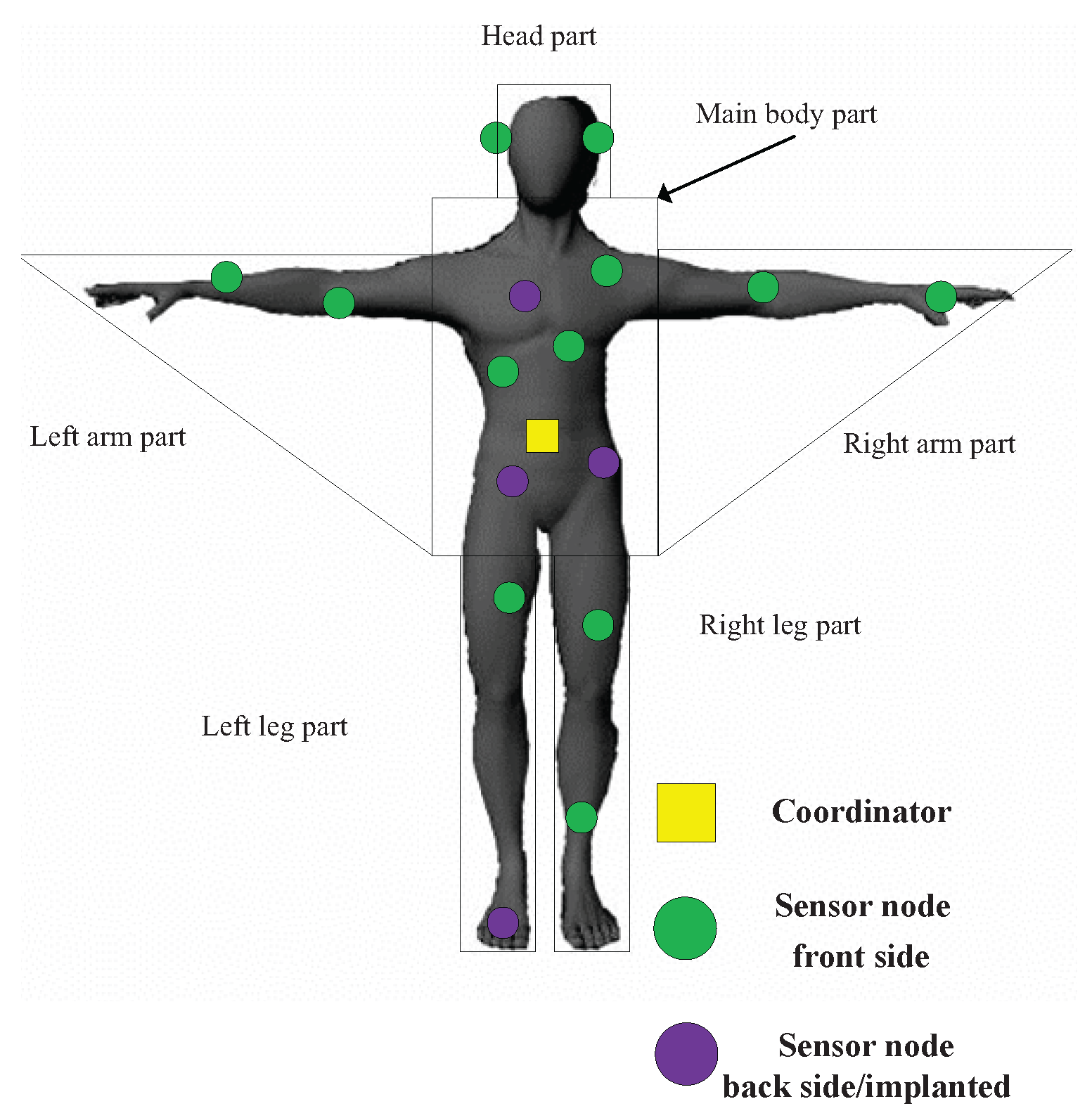
signal
(2,4 GHz)
Interactive weather radar on AlabamaNews.net. Alabama Court of Criminal Appeals Upholds Murder Conviction for Man Sentenced to 139 Years. Macx video converter pro 6 4 5 inch. Network Radar 2.6.1 MAS Mac OS X 20 MB. Radar Network is an easy -to- use network to discover, manage and retrieve detailed information about network.
(A/D)
Network Radar 2 610
Network Radar 2 6000
Figure 1: Block diagram of radar satellite with wireless digital beamforming
signal
(2,4 GHz)
(A/D)
Figure 1: Block diagram of radar satellite with wireless digital beamforming
signal
(2,4 GHz)
(A/D)
Figure 1: Block diagram of radar satellite with wireless digital beamforming
Distributed Radar System
Network Radar 2 64gb
Distributed Radar System (DRS) or Digital Distributed-array Radar System (DDRS) consists of a multitude of small coherent frontends of radar (so-called radar satellites). These are distributed as a thinned array on the surface of a larger object and use a common radar signal processing. The radar signal processing is carried out as for a phased array antenna using digital beamforming. In contrast to the MIMO radar system, all elements emit the same waveform. (The only difference is, this waveform may be shifted in time.) It is possible a very large antenna area by distributing these radar satellites. It can hereby be formed a very narrow beam and allows a very good accuracy in the measurement of the position of the targets.
These radar satellites contain transmitter, receiver, an antenna element and a small processor that transmits the raw data from the receiver via an Internet connection (cable, fiber or wireless) to the beam controller. WLAN connection would have the advantage of a very rapid configuration of the system but has the disadvantage that additional runtime differences must be corrected by the beam controller. (Cable or optical fiber may be equipped with all of the same lengths.) In a central beam controller then the runtime differences are compensated between the controller and the radar satellites to form the main beam of the array.
In this way, for example in a mobile application, a hillside can be set up to a long-range radar in a very short time (via so-called 'hastily formed network'). Even a Zumwalt-class destroyer was fitted for demonstration purposes with 1,200 radar satellites, which had a random distribution over the entire hull. The separate digital beamforming of transmitting and receiving antenna pattern allows that several tasks are carried out simultaneously, such as surveillance, target tracking, and navigation. The DRS is therefore always a multi-function radar. Because the antenna area doesn't have to be extremely even but that the surface can take any shape, led to the epithet Flexible Distributed Radar System (FlexDRS).
In 1987, the method was patented by Gaspare Galati and Giacinto Losquadro by the company Alenia (now part of Selex SI). However, Alenia was not able to realize a serial production of these radar satellites and to solve the problems with the coherence maintenance.
Source: Attia E. H. and Abend K., 'An experimental demonstration of a distributed array radar', published by University of Western Ontario in 'Antennas and Propagation Society Symposium. 1991 digest' IEEE, 1991, ISBN 0-7803-0144-7
